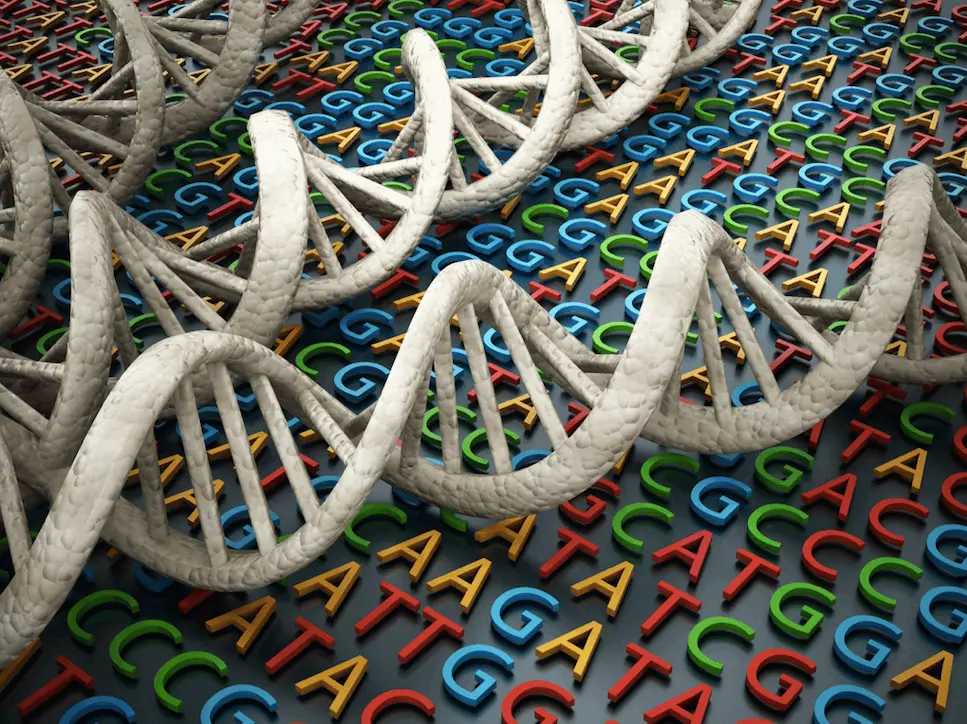The mechanical properties of DNA are affected by various processes, including local sequence and epigenetic modifications. It has been challenging to understand the relationship between these modifications and DNA’s mechanical properties because of a lack of efficient experimental methods.
Durham University researchers, in collaboration with researchers from Johns Hopkins University, Barcelona Institute of Science and Technology, and the University of Barcelona, used high-throughput measurements to study the impact of dinucleotides, tetranucleotides and methylated CpG on DNA bendability. The team used these measurements to create a model that explains how DNA’s mechanical properties depend on its sequence and methylation. The model was tested by comparing its predictions to data from loop-seq experiments on mouse genomic sequences and the results of all-atom molecular dynamics simulations.
Present like a Pro! ExpertSlides – The secret weapon for your presentations!
Deciphering the ‘Mechanical Code’
The researchers used a technique called loop-seq, which they developed, to demonstrate that the sequence of DNA bases in a specific region determines the bendability of that region. Loop-seq is a next-generation DNA sequencing technology.
Through extensive measurements, computational analysis, and machine learning, the researchers were able to identify the relationship between local DNA sequence and the local deformability of DNA, known as the mechanical code.
The findings show that sequence and epigenetic modifications can influence DNA’s mechanical properties in a way that encodes regulatory information and may have implications for cancer treatment.
DNA can be thought of as a book of instructions that cells need to function correctly. The way in which DNA strands bend and fold is influenced by the specific sequence of nucleotides that make up the strands. In this sense, the sequence of nucleotides can be thought of as a “mechanical code” that determines the physical properties of the DNA molecule. The words in the book of DNA also affect the physical characteristics of the paper.
It is commonly understood that to read, copy, package, and repair the genetic information contained within DNA, the sequence of bases (composed of As, Ts, Gs, and Cs) must be mechanically deformed in specific ways. This process is necessary to handle the genetic information stored in DNA properly.
Exploring the Potential of Targeting DNA Repair Pathways in Cancer Therapy
The mechanical properties of DNA, or the mechanical code, can be changed through a chemical process called methylation. Methylation is a common process that takes place during an organism’s development, but abnormal methylation has been connected to various cancers.
The research team discovered that methylation could change the mechanical code of DNA, leading to the possibility that specific biological processes or diseases, like cancer, may be able to affect cells by altering the information contained in the mechanical code.
Conclusion
The recent discovery of deciphering the “mechanical code” of DNA is a significant milestone in our understanding of how methylation can alter the mechanical code of DNA. It has the potential to lead to new treatments and therapies for a variety of diseases and conditions that are caused by defects in DNA. While there is still lots to be learned about the “mechanical code” of DNA, this discovery shows a significant step forward in our ability to unlock the secrets of genetics and improve the health and well-being of individuals around the world.
Article Source: Reference Paper | Reference Article
Learn More:
Top Bioinformatics Books ↗
Learn more to get deeper insights into the field of bioinformatics.
Top Free Online Bioinformatics Courses ↗
Freely available courses to learn each and every aspect of bioinformatics.
Latest Bioinformatics Breakthroughs ↗
Stay updated with the latest discoveries in the field of bioinformatics.
Dr. Tamanna Anwar is a Scientist and Co-founder of the Centre of Bioinformatics Research and Technology (CBIRT). She is a passionate bioinformatics scientist and a visionary entrepreneur. Dr. Tamanna has worked as a Young Scientist at Jawaharlal Nehru University, New Delhi. She has also worked as a Postdoctoral Fellow at the University of Saskatchewan, Canada. She has several scientific research publications in high-impact research journals. Her latest endeavor is the development of a platform that acts as a one-stop solution for all bioinformatics related information as well as developing a bioinformatics news portal to report cutting-edge bioinformatics breakthroughs.






